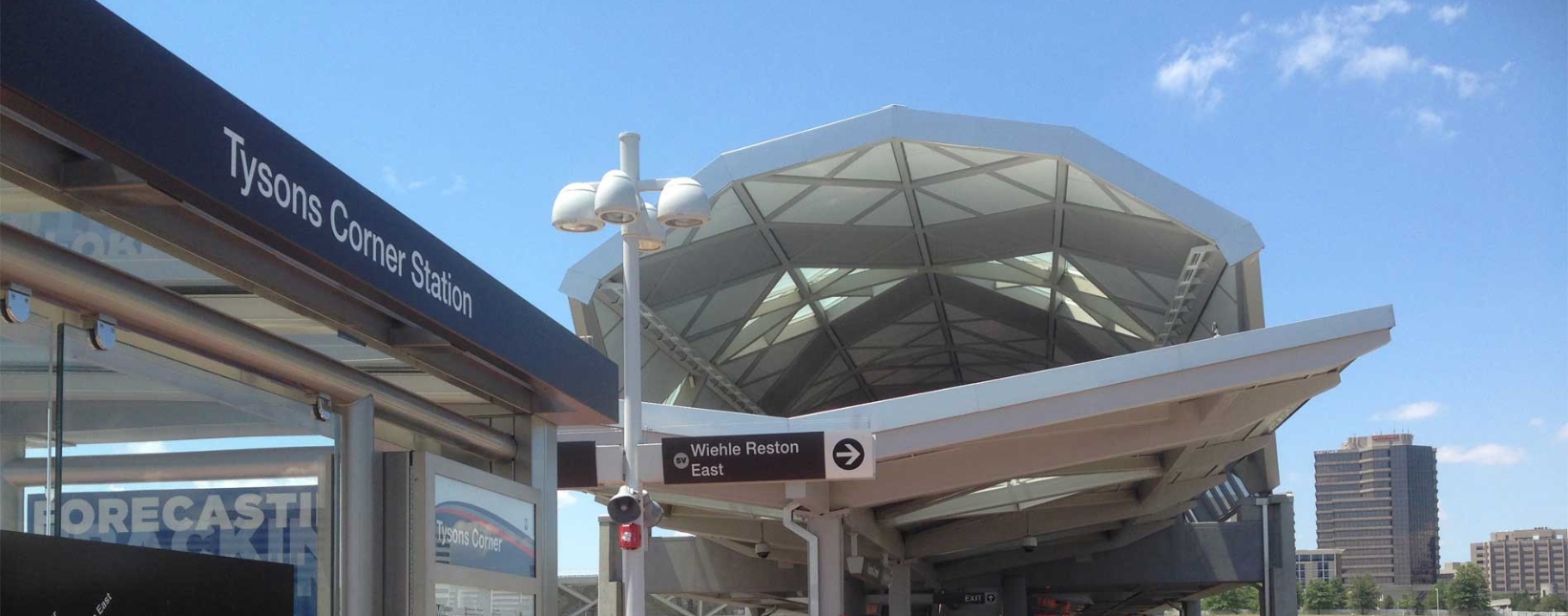Silicon Valley, White House Tackle Troubled Government Tech
Washington,
June 20, 2017
John D. McKinnon
When Silicon Valley executives arrived at the White House Monday to talk about modernizing federal computer systems, there was plenty of common interest at stake. The administration wants to cut redundancies and modernize the way Americans interact with their government, and tech companies see a $90 billion-a-year business. But those companies also face a common challenge. The government’s sprawling information-technology system is flawed and balky, controlled in agency fiefdoms that will be difficult to break. And much of the spending now goes toward keeping older systems running, limiting the amount the government can invest in new technology. Critics say the lack of oversight over IT spending and operations is part of the problem, as is a plethora of customized and even duplicative systems within a single agency. “We have a crazy quilt system of management,” said Rep. Gerry Connolly (D., Va.), who has become a leader in Congress on IT issues. “So no clear lines of authority, accountability, responsibility, there’s no transparency.” Tech companies such as Amazon.com Inc., Oracle Corp. and Microsoft Corp. hope to provide the government more cloud computing, software and data services that could help save money as well as improve user experiences and reduce cyberthreats. Advocates of an overhaul also want to consolidate the current proliferation of email, payroll and other systems, as well as thousands of data centers. David Berteau, a former Defense Department assistant secretary, said he had to carry four separate mobile devices to communicate with all the Pentagon systems he had to access. “There’s a huge chance to save money on shared services and the cloud,” said Mr. Berteau, now president of the Professional Services Council, a group that promotes technology to improve government results. “The real value of IT modernization comes as much in breaking down the internal barriers” as in modernized services, he added. The Monday meeting brought new focus to the issue, even if it shed little new light. Officials promised more action soon. “We’re embracing big change, bold thinking, and outsider perspectives to transform government and make it the way it should be, and at far less cost,” President Donald Trump said in concluding remarks. Amazon’s Jeff Bezos talked of using commercial technology wherever possible. He said it was “impossible to overstate” the importance of artificial intelligence, according to a White House pool report Other topics included analytics, big data, purchasing modernization, government and private sector partnerships and high-skill visas. But making progress depends on finding political will. “The real problem is the leadership problem,” said Rep. Will Hurd (R., Texas), who is sponsoring a major IT modernization bill in Congress. “We have to make sure we have people in the agencies that recognize the need for modernization, and it starts with the head of the agency.” The White House effort to push IT modernization could be a boon to major tech companies that have moved aggressively into cloud computing and software services. It could hurt some consulting firms that have traditionally focused on the government market. “I think the market is moving in a direction that says that more innovative companies are going to come in and break into the market,” said Mike Hettinger, an adviser to tech companies and a former senior Capitol Hill aide. Mr. Hurd’s bill would give agency officials more incentive to save money on IT by allowing them to spend the savings on modernization. The administration also has sought some increased investment in cybersecurity. https://www.wsj.com/articles/silicon-valley-white-house-tackle-troubled-government-tech-1497951008 |

In the News
SUBSCRIBE
SUBSCRIBE
Sign up to get news and updates from Rep. Gerry Connolly directly to your inbox.



